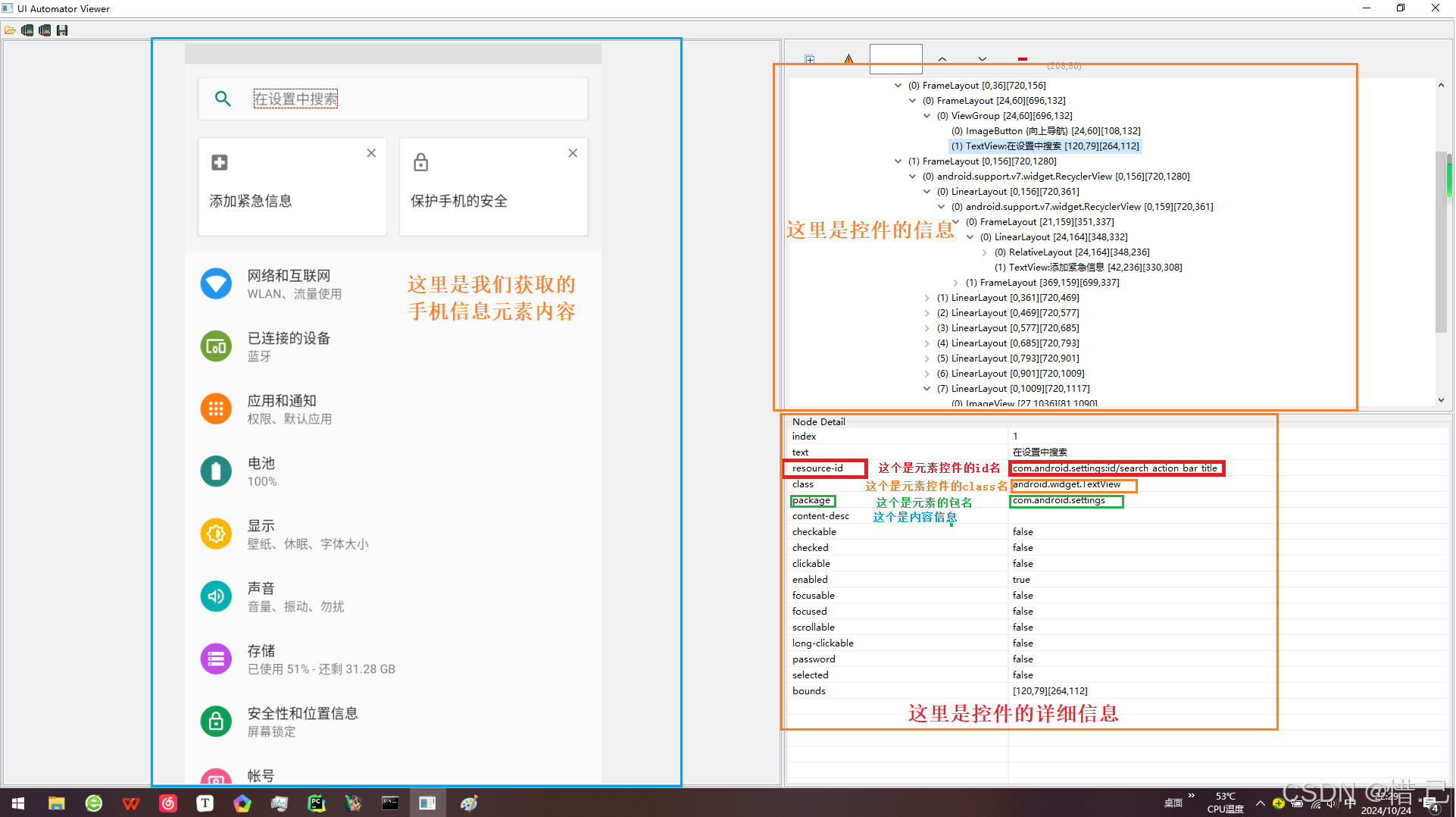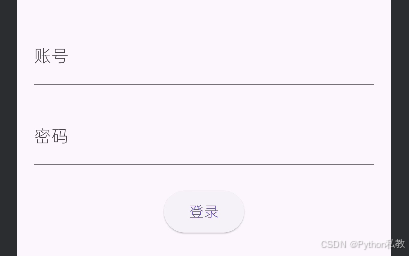背景
随着云计算和容器化技术的不断发展,微服务架构逐渐成为现代软件开发的主流趋势。微服务架构将大型应用程序拆分成多个小型、独立的服务,每个服务都可以独立开发、部署和扩展。这种架构模式提高了系统的可伸缩性、灵活性和可靠性,但同时也带来了服务监控和管理的挑战。
在微服务架构中,服务之间的依赖关系变得复杂,服务数量众多,因此需要一种有效的监控和管理工具来确保系统的稳定性和可靠性。监控工具可以帮助开发人员实时了解服务的运行状态、性能指标和异常情况,从而及时发现问题并进行处理。同时,管理工具还可以提供自动化的部署、配置和扩展功能,提高开发效率和运维质量。
Prometheus的优势
-
请求、数据库查询、消息队列等应用指标。
-
高效数据存储:Prometheus采用时间序列数据库(TSDB)来存储监控数据,具有高效的数据压缩和查询性能。
-
丰富查询语言:Prometheus提供了强大的数据查询语言PromQL,可以方便地对监控数据进行过滤、聚合和计算。
-
灵活告警机制:Prometheus支持基于规则的告警机制,可以根据监控数据的阈值触发告警通知,支持多种告警方式,如邮件、短信、Slack等。

springBoot集成Prometheus
导入Pom依赖
<dependency>
<groupId>org.mybatis.spring.boot</groupId>
<artifactId>spring-boot-starter-actuator</artifactId>
<version>2.2.1.RELEASE</version>
</dependency>
<dependency>
<groupId>io.micrometer</groupId>
<artifactId>micrometer-registry-prometheus</artifactId>
<version>1.3.1</version>
</dependency>修改springBoot配置文件
开启prometheus监控配置
management:
endpoint:
prometheus:
enabled: true
endpoints:
web:
exposure:
include: 'prometheus'修改默认的Prometheus监控度量名称
prometheus默认指标中有个http.server.requests的度量名称,记录了http请求调用情况;现在以这个为例,修改名称
新建一个@Configuration 类 PrometheusConfig
import io.micrometer.core.instrument.Meter;
import io.micrometer.core.instrument.MeterRegistry;
import io.micrometer.core.instrument.config.NamingConvention;
import org.springframework.boot.actuate.autoconfigure.metrics.MeterRegistryCustomizer;
import org.springframework.context.annotation.Bean;
import org.springframework.context.annotation.Configuration;
import java.util.Arrays;
import java.util.Objects;
import java.util.stream.Collectors;
@Configuration
public class PrometheusConfig {
/** 用于替换 Prometheus中 公共的 http.server.requests度量名替换
* @return
*/
@Bean
MeterRegistryCustomizer<MeterRegistry> metricsConfig() {
return registry -> registry.config().namingConvention(new NamingConvention() {
@Override
public String name(String name, Meter.Type type, String baseUnit) {
String collect = "";
if(name.contains("http.server.requests")){
collect = Arrays.stream(name.replaceAll("http.server.requests", "jiang.xiao.yu.http").split("\\.")).filter(Objects::nonNull).collect(Collectors.joining("_"));
}else {
collect = Arrays.stream(name.split("\\.")).filter(Objects::nonNull).collect(Collectors.joining("_"));
}
return collect;
}
});
}
}自定义Prometheus监控指标
使用拦截器监控指标
利用拦截器实现所有HTTP接口的监控
利用HTTP的拦截器添加Prometheus的监控指标,首先创建一个拦截器CustomInterceptor 实现HandlerInterceptor接口,然后重写里面的 前置处理、后置处理;
import io.micrometer.core.instrument.*;
import org.springframework.web.servlet.HandlerInterceptor;
import org.springframework.web.servlet.ModelAndView;
import javax.servlet.http.HttpServletRequest;
import javax.servlet.http.HttpServletResponse;
import java.util.*;
import java.util.concurrent.TimeUnit;
import java.util.function.ToDoubleFunction;
public class CustomInterceptor implements HandlerInterceptor {
private static final String CUSTOM_KPI_NAME_TIMER = "custom.kpi.timer"; //耗时
private static final String CUSTOM_KPI_NAME_COUNTER = "custom.kpi.counter"; //api调用次数。
private static final String CUSTOM_KPI_NAME_SUMMARY = "custom.kpi.summary"; //汇总率
private static MeterRegistry registry;
private long startTime;
private GaugeNumber gaugeNumber = new GaugeNumber();
void getRegistry(){
if(registry == null){
//这里使用的时SpringUtil获取Bean,没有用@Autowired注解,Autowired会因为加载时机问题导致拿不到;SpringUtil.getBean网上实现有很多,可以自行搜索;
registry = SpringUtil.getBean(MeterRegistry.class);
}
}
@Override
public boolean preHandle(HttpServletRequest request, HttpServletResponse response, Object handler) throws Exception {
getRegistry();
//记录接口开始调用的时间
startTime = System.currentTimeMillis();
return HandlerInterceptor.super.preHandle(request, response, handler);
}
@Override
public void postHandle(HttpServletRequest request, HttpServletResponse response, Object handler, ModelAndView modelAndView) throws Exception {
HandlerInterceptor.super.postHandle(request, response, handler, modelAndView);
}
@Override
public void afterCompletion(HttpServletRequest request, HttpServletResponse response, Object handler, Exception ex) throws Exception {
//统计调用次数
registry.counter(CUSTOM_KPI_NAME_COUNTER,"uri", request.getRequestURI(), "method", request.getMethod(),
"status", response.getStatus() + "", "exception", ex == null ? "" : ex.getMessage(), "outcome", response.getStatus() == 200 ? "SUCCESS" : "CLIENT_ERROR").increment();
//统计单次耗时
registry.timer(CUSTOM_KPI_NAME_TIMER,"uri", request.getRequestURI(), "method", request.getMethod(),
"status", response.getStatus() + "", "exception", ex == null ? "" : ex.getMessage(), "outcome", response.getStatus() == 200 ? "SUCCESS" : "CLIENT_ERROR").record(System.currentTimeMillis() - startTime, TimeUnit.MILLISECONDS);
//统计调用成功率,根据过滤Counter对象,获取计数
Collection<Meter> meters = registry.get(CUSTOM_KPI_NAME_COUNTER).tag("uri", request.getRequestURI()).tag("method", request.getMethod()).meters();
double total = 0;
double success = 0;
for (Meter meter : meters) {
Counter counter = (Counter) meter;
total += counter.count();
String status = meter.getId().getTag("status");
if (status.equals("200")){
success+= counter.count();
}
}
//保存对应的成功率到Map中
String key = request.getMethod() + request.getRequestURI();
gaugeNumber.setPercent(key, Double.valueOf(success / total * 100L));
registry.gauge(CUSTOM_KPI_NAME_SUMMARY, Tags.of("uri", request.getRequestURI(), "method", request.getMethod()), gaugeNumber, new ToDoubleFunction<GaugeNumber>() {
@Override
public double applyAsDouble(GaugeNumber value) {
return value.getPercent(key);
}
});
HandlerInterceptor.super.afterCompletion(request, response, handler, ex);
}
// gauge监控某个对象,所以用内部类替代,然后根据tag标签区分对应的成功率;key 为 method + uri
class GaugeNumber {
Map<String,Double> map = new HashMap<>();
public Double getPercent(String key) {
return map.get(key);
}
public void setPercent(String key, Double percent) {
map.put(key, percent);
}
}
}注册自定义拦截器给Spring
import org.springframework.context.annotation.Configuration;
import org.springframework.web.servlet.config.annotation.InterceptorRegistry;
import org.springframework.web.servlet.config.annotation.WebMvcConfigurer;
@Configuration
public class CustomInterceptors implements WebMvcConfigurer {
@Override
public void addInterceptors(InterceptorRegistry registry) {
registry.addInterceptor(new CustomInterceptor()).addPathPatterns("/**");
}
}大功告成,启动程序测试吧

使用AOP记录监控指标
自定义指标注解
@Documented
@Retention(RetentionPolicy.RUNTIME)
@Target(ElementType.METHOD)
public @interface MethodMetrics {
String name() default "";
String desc() default "";
String[] tags() default {};
//是否记录时间间隔
boolean withoutDuration() default false;
}切面实现
@Aspect
public class PrometheusAnnotationAspect {
@Autowired
private MeterRegistry meterRegistry;
@Pointcut("@annotation(com.smac.prometheus.annotation.MethodMetrics)")
public void pointcut() {}
@Around(value = "pointcut()")
public Object process(ProceedingJoinPoint joinPoint) throws Throwable {
Method targetMethod = ((MethodSignature) joinPoint.getSignature()).getMethod();
Method currentMethod = ClassUtils.getUserClass(joinPoint.getTarget().getClass()).getDeclaredMethod(targetMethod.getName(), targetMethod.getParameterTypes());
if (currentMethod.isAnnotationPresent(MethodMetrics.class)) {
MethodMetrics methodMetrics = currentMethod.getAnnotation(MethodMetrics.class);
return processMetric(joinPoint, currentMethod, methodMetrics);
} else {
return joinPoint.proceed();
}
}
private Object processMetric(ProceedingJoinPoint joinPoint, Method currentMethod, MethodMetrics methodMetrics) {
String name = methodMetrics.name();
if (!StringUtils.hasText(name)) {
name = currentMethod.getName();
}
String desc = methodMetrics.desc();
if (!StringUtils.hasText(desc)) {
desc = currentMethod.getName();
}
//不需要记录时间
if (methodMetrics.withoutDuration()) {
Counter counter = Counter.builder(name).tags(methodMetrics.tags()).description(desc).register(meterRegistry);
try {
return joinPoint.proceed();
} catch (Throwable e) {
throw new IllegalStateException(e);
} finally {
counter.increment();
}
}
//需要记录时间(默认)
Timer timer = Timer.builder(name).tags(methodMetrics.tags()).description(desc).register(meterRegistry);
return timer.record(() -> {
try {
return joinPoint.proceed();
} catch (Throwable e) {
throw new IllegalStateException(e);
}
});
}
}在需要记监控的地方加上这个注解
@MethodMetrics(name="sms_send",tags = {"vendor"})
public void send(String mobile, SendMessage message) throws Exception {
//do something
}

















